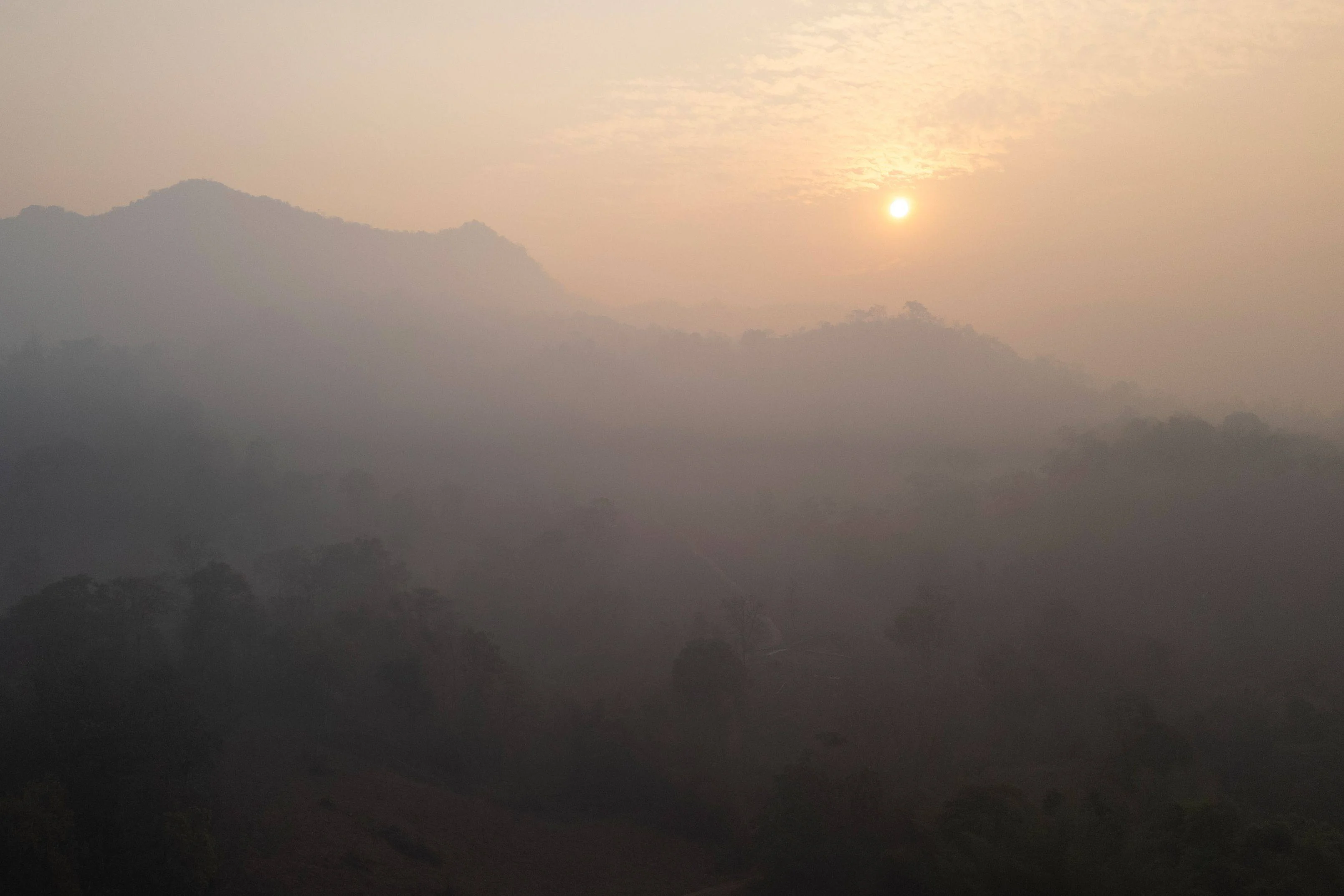Copyright scmp

Deaths from air pollution in Southeast Asia could rise by nearly 10 per cent and cost the region almost US$600 billion by 2050 unless more effective action is taken, a new study has warned. The research – published in the journal Environment International earlier this month – modelled the potential rise in premature deaths and associated economic losses across three different climate change scenarios, each defined by levels of greenhouse gas emissions. Findings revealed the region is expected to lose US$591 billion by 2050 under the high emissions scenario, which is characterised by a warmer and drier climate. Deaths are expected to see the largest increase in this scenario, with a 9.6 per cent rise from 2019. Steve Yim, director of the Centre for Climate Change and Environmental Health at Nanyang Technological University (NTU), told This Week in Asia that the research aimed to encourage discussion between nations in tackling the health and economic impacts of air pollution. “Climate change is projected to largely reshape the weather system and even bring more extreme weather events in Southeast Asia,” said Yim, who led the study. He added that air pollution was one of the most urgent environmental problems in the region, and posed a significant health burden. In 2019, there were 1,147,259 premature deaths caused by air pollution in Southeast Asia, costing the region US$432 billion, the study said. According to the World Health Organization, long-term exposure to pollutants increases the risks of heart diseases, stroke and cancer. A medium level of emissions presented the most optimistic scenario, where economic loss was estimated at US$246 billion, and premature deaths projected to fall 1.8 per cent from 2019. This was because in this scenario, the region would experience slightly warmer temperatures with a modest increase in rainfall and humidity, and such wetter conditions would support the removal of pollutants, Yim told This Week in Asia. In comparison, the lowest emissions scenario would see a lower temperature and lesser rainfall – a favourable climate for the formation of PM2.5, which are fine particulates of less than 2.5 microns. According to a 2019 study by the World Bank, air pollution caused 6.4 million premature deaths that year, with death rates significantly higher in low- and lower-middle-income countries. The estimated cost of health damage associated with air pollution was US$8.1 trillion – 6.1 per cent of global GDP. In 2020, air pollution led to 40,000 deaths and cost Tokyo US$43 billion, according to Swiss air quality tracker IQAir. In Shanghai in 2020, air pollution caused 39,000 deaths and the city lost US$19 billion. The new research by Yim’s team showed that despite estimated increases in deaths and economic loss, PM2.5 concentration was projected to decrease regionally. Yim noted that while some areas might experience lower concentration levels due to higher temperatures inducing rainfall, hotspots in Indonesia and Thailand would continue to experience an increase in pollution levels, and drive health and economic burden. These include subregions such as southern Indonesia and southern Thailand, which are densely populated and experience lesser rainfall, leading to the accumulation of pollutants. The study estimated that among all states, Indonesia and Thailand would experience the highest economic losses and increase in premature deaths across all emissions scenarios. Indonesia is expected to lose US$307 billion and US$213 billion in the high and low emissions scenarios respectively, while Thailand’s projected losses stand at US$121 billion and US$101 billion. While air pollution is a global issue, its impacts are felt unevenly with developing countries likely to experience a greater economic burden, according to Joseph Sung, co-author of the study. Economic loss included direct costs such as healthcare, as well as indirect costs such as the labour and productivity loss, said Sung, the dean of NTU’s Lee Kong Chian School of Medicine. “The air pollution situation in developing countries is already more serious, and yet there’s a lot of room for improvement in their healthcare systems,” Sung told This Week in Asia. “Those who suffer from complications take longer to get better, or not at all, so the economic impact can be much higher than developed countries.” Yim said the findings highlighted the need to consider localised characteristics for climate mitigation policies. “For example, current climate mitigation policies, such as using alternative fuels to lower carbon dioxide emissions, may inadvertently exacerbate health and economic burdens in vulnerable regions,” he said. Yim also called for greater regional collaboration in tackling the impacts of air pollution, adding that pollution in Southeast Asia was often transboundary. The region experiences recurring periods of transboundary haze, and Malaysia and Singapore are often the worst hit during the dry season, when forest fires plague Indonesia.



